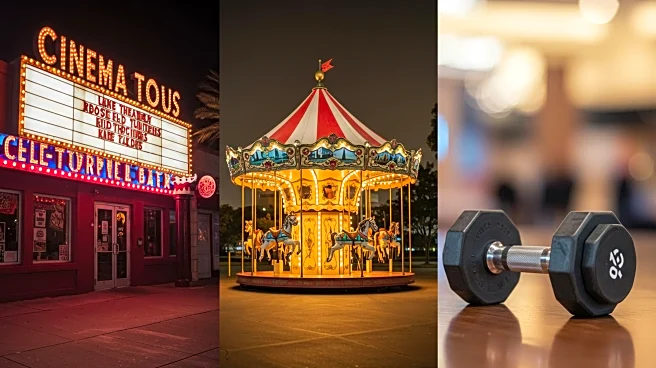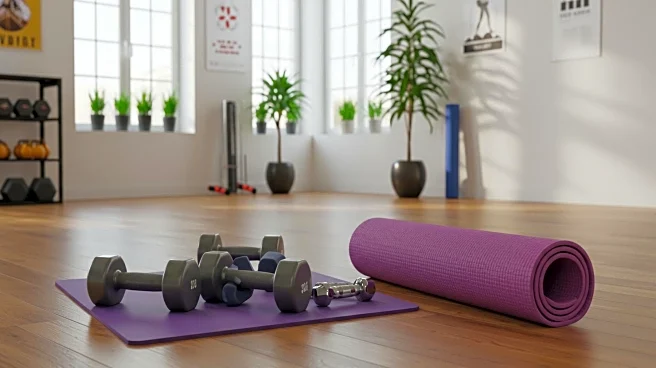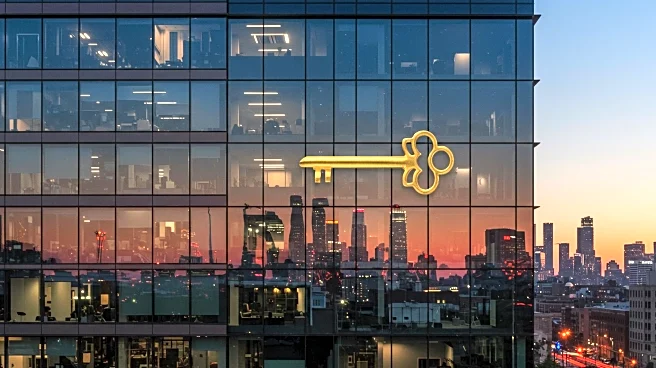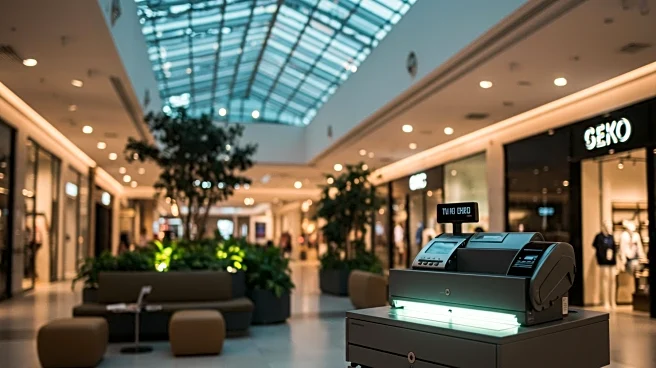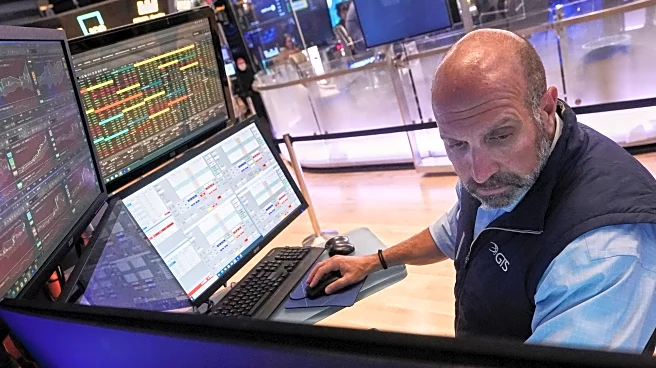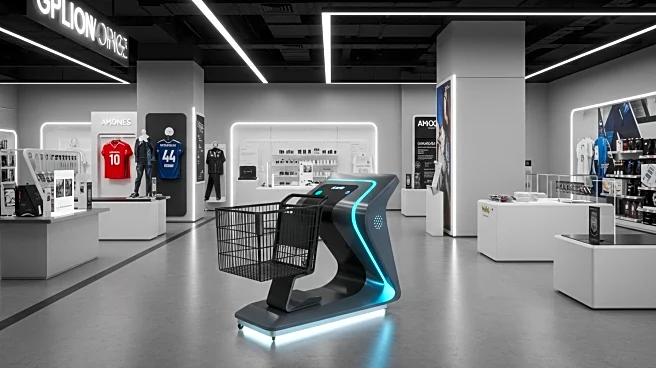What's Happening?
A report by Colliers, a global commercial real estate services provider, has identified movie theaters, attractions, and gyms as leading traffic builders in retail centers during the first half of 2025. The report notes a significant increase in visits to these venues, with movie theaters and music venues experiencing a 9.2% rise, attractions seeing a 5.6% increase, and fitness facilities growing by 4.3%. This trend contrasts with a slight decline in visits to restaurants, superstores, and home improvement brands. The report also highlights Chili's aggressive expansion strategy, which resulted in a 21.7% traffic increase, followed by Crunch Fitness, GameStop, and LA Fitness. The resurgence in gym attendance is attributed to the lifting of pandemic restrictions, with brands like Orangetheory, Anytime Fitness, and Planet Fitness capitalizing on this trend.
Why It's Important?
The shift towards experiences over merchandise in retail centers indicates changing consumer preferences, which could have significant implications for the retail industry. High-income households are driving this trend, while middle- and lower-income households remain cautious with their spending. The increased traffic in movie theaters, attractions, and gyms suggests a growing demand for experiential activities, which could lead to further investment and expansion in these sectors. However, the report warns that elevated inflation could impact consumer volume growth and leasing momentum in more price-sensitive segments, potentially affecting the overall retail landscape.
What's Next?
Retailers and venue operators may continue to focus on enhancing experiential offerings to attract consumers, potentially leading to more strategic partnerships and investments in entertainment and fitness sectors. As inflation remains a concern, businesses might need to adapt pricing strategies to maintain consumer interest and spending. The ongoing expansion strategies of fitness brands and athleisure retailers could further shape the market dynamics, influencing consumer behavior and retail traffic patterns.
Beyond the Headlines
The emphasis on experiences over traditional retail goods could lead to long-term shifts in consumer culture, prioritizing leisure and wellness activities. This trend may also impact urban planning and commercial real estate development, as cities and developers seek to accommodate the growing demand for entertainment and fitness venues. Additionally, the focus on high-income consumers highlights potential disparities in access to these experiences, raising questions about inclusivity and affordability in the evolving retail landscape.
